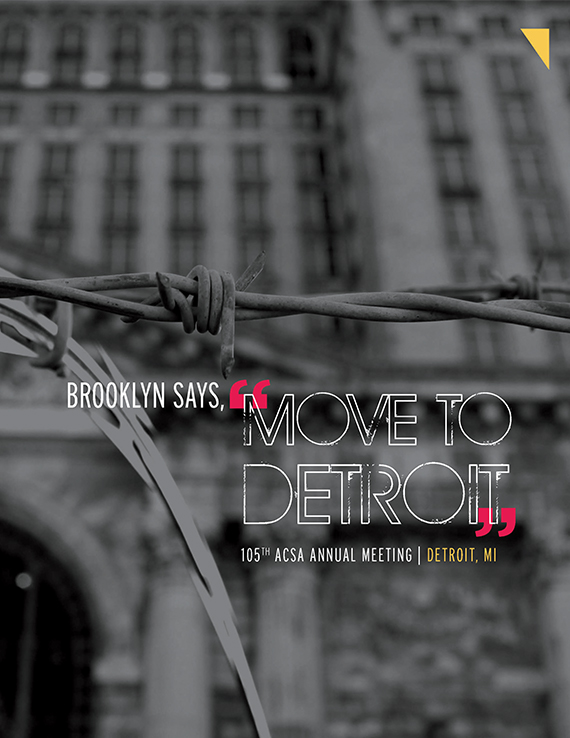Author(s): Michael Everts
The reintroduction of native Buffalo (heritage bison–no cattle genes) to the eastern plains of Montanain 2012 and 2014, after an absence of 130 years, hasinitiated a process of increasing species diversification,ecosystem resilience and renewed ambitionsfor Native cultural sovereignty on the Fort Peck IndianReservation. Buffalo are a keystone species, critical tore-establishing a healthful culture and “…(to reverse)the perception that the current state of (native) cultureis a failed attempt at becoming Western; and to realizethat the indigenous tribes are a unique manifestation ofthe human spirit”.1Paradoxically, as the Buffalo createnew possibilities for cultural development, their presencereveals social issues threatening human health:low self-efficacy among youth, limitations in sharedcultural knowledge, limited social capital, and unresolvedtensions with governing structures.2 In addition,the process of creating contiguous land areas for theBuffalo (unlike cattle, Buffalo move while grazing)has emphasized the incongruence between organizationsystems that prioritize property ownership andsystems, such as ecological, that promote interconnectedtemporal uses. In addition, non-natives own60% of the reservation area (State of Montana statistics,2015). This paper presents the first two phasesof a collaboration between Architecture, Health andHuman Development, the World Wildlife Fund andthe Fort Peck Tribes, to re-parameterize the conceptof boundaries on reservation land as geographicalspace: a multi-dimensional environment that interconnectsthe transformational qualities of sacred sites,ceremonies, rituals, and native values with topographypatterns and natural ecosystems. The intent ofre-parameterizing the land is to create an environmentthat actively supports the regeneration of social andcultural capital. The concept of geographical spaceincludes an extensive interconnection of physical landqualities with cultural actions, activities and meaning.Accordingly, the re-parameterizing process is initiatedon two levels: physical-geographic and cultural-intergenerational.On each of the levels, boundaries areconsidered on an ecological scale and a personal scale.The ecological scale includes land patterning, ecosystems,and rhythms of use that align with endangeredaspects of American Indian culture. The personal scalefocuses on the design-build of story poles – mediumsfor building social capital—placed into the ecologicalscale (story poles are shaped markers embedded withculturally significant features). The emergent socialcapital space is a process of continual geographicalforming, and because it includes social determinantsof health (cultural identity, stress relief, literacy) andphysical determinants of health (green space, weather,aesthetics), it supports a process of improving overallhealth.
Volume Editors
Luis Francisco Rico-Gutierrez & Martha Thorne
ISBN
978-1-944214-08-1

 Study Architecture
Study Architecture  ProPEL
ProPEL 
